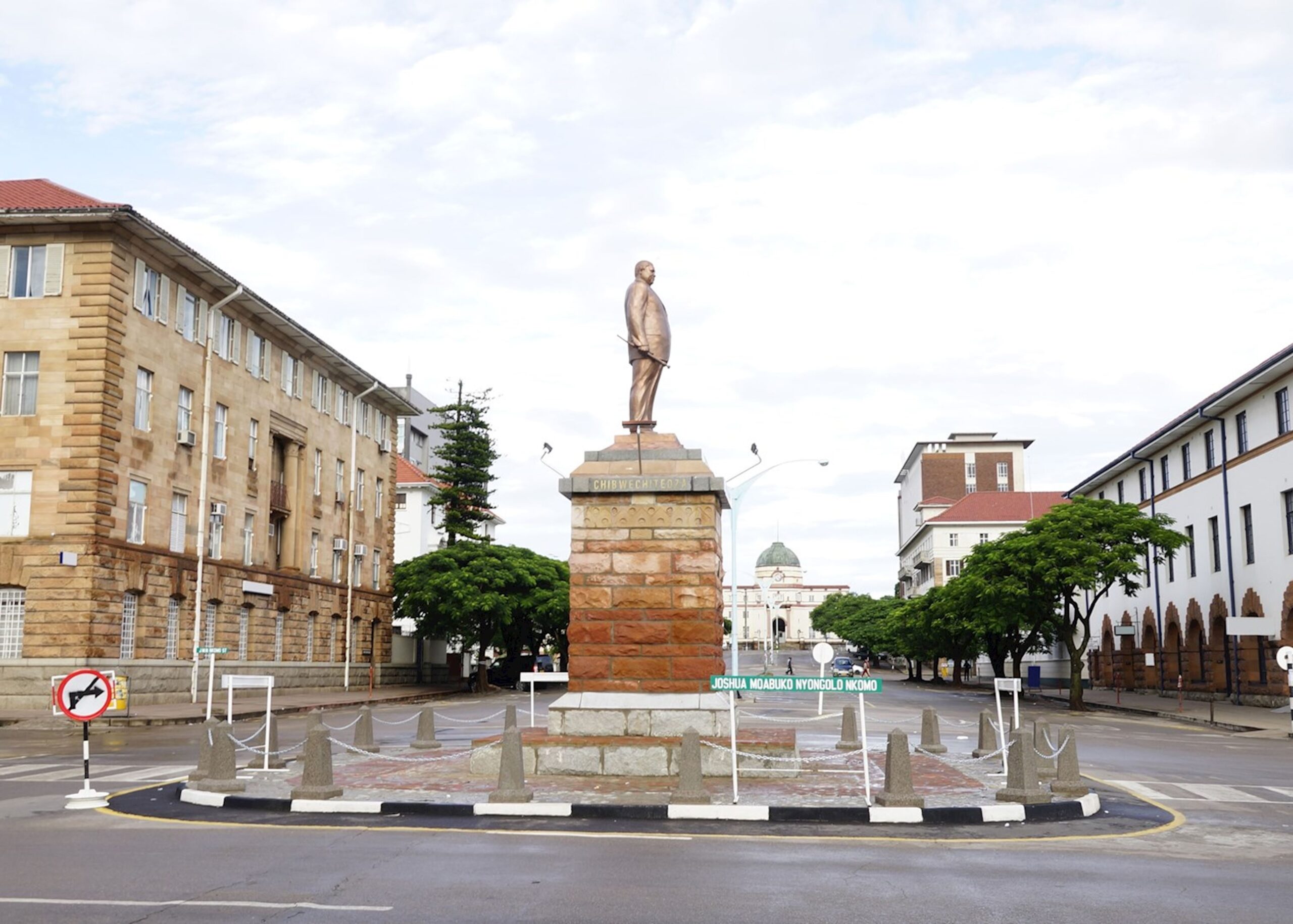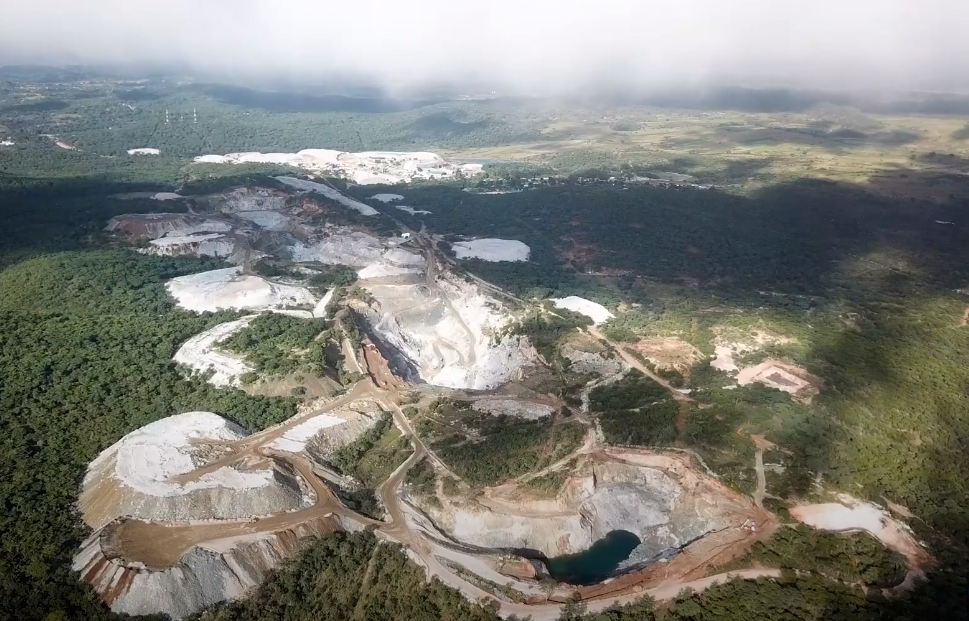Mines to spend US$50 million on exploration
MAJOR mining houses in the country are planning to spend big on exploration projects next year with an aggregate budget of approximately US$50 million set amid indications that the sector requires US$2 billion in the next 12 months to ramp up and sustain operations.
The planned exploration projects come at a time when mineral revenues are set to decline by approximately 20 percent this year and a further 10 percent next year due to global softening commodity prices.
Exploration data is considered critical for attracting investors and determining the amount of resources to be committed towards exploiting a mineral.
The absence of extensive exploration work over the years has resulted in the country failing to determine the extent of its entire mineral wealth.
The mining sector is one of Zimbabwe’s key industries and is expected to anchor the country towards an upper middle-income economy by 2030.
The Government had a target to grow mining to a US$12 billion mining industry by the end of this year, buoyed by strategic minerals that include gold, platinum, diamond, and lithium, among others.
A new State of Mining Industry Survey Report for 2024 released by the Chamber of Mines in Bulawayo last week states that despite most mining companies planning to ramp up production to compensate for revenue losses due to low prices, the production increase will be more than offset by the decline in prices.
In line with the projected mineral output growth for 2024, survey findings show that average capacity utilisation is expected to reach 90 percent in 2024 compared to 84 percent this year.
“Survey findings show that prospects for mineral output growth for 2024 are generally higher than those recorded for 2023. Most of the mining executives (95 percent) are planning to ramp up production in 2024 to compensate for anticipated revenue losses due to prevailing and expected softening mineral prices,” the lead report researcher Professor Albert Makochekana said.
He added that in line with the projected mineral output growth for 2024 survey findings, show that average capacity utilisation is expected to reach 90 percent in 2024 compared to 84 percent in 2023.
Further to that mining executives indicated that the projected 2024 production targets will be largely supported by ongoing expansion projects.
To that end, Prof Makochekana said almost all survey respondents indicated that they were spending on capital projects which are at various stages of implementation.
“Exploration Analysis of survey responses show that about 90 percent of mining houses are undertaking exploration activities around their mines. The aggregate exploration budget for 2024 is approximately US$50 million,” reads part of the report.
Outlining some of the capital projects, the report notes that in the platinum group metals (PGMs) in the past two years, Zimplats has spent around more than US$570 million on capital projects related to stay-in-business, replacement mines and expansion projects. Of the total, US$300 million has been spent in the current year.
The projects include the replacement of depleting mines, establishment of a new concentrator plant, refurbishment of the mothballed BMR, construction of a 35MWAC solar plant at SMC, construction of a 38MW furnace, as well as an SO2 abatement plan.
“Zimplats is also planning to inject US$190 million to refurbish its mothballed Base Metal Refinery. The projects are expected to be finalised by between 2024 and 2028,” reads part of the report.
In the same vein, Mimosa Mining Company is spending more than US$200 million on their North Hill Project and developing tailings storage facility for life-of-mine extension.
Capital Projects in the gold industry, Blanket Mine is said to be spending US$12,7 million on their tails storage facilities planned to complete by 2025.
In the past 24 months, Freda Rebeca has spent around US$29 million on exploration, mine development and tailings storage projects to sustain their operations.
Dallaglio Investments, one of the subsidiaries of Padenga Holdings Limited, is spending around US$25 million on its Pixton Peerless transition to underground mining targeting completion timelines of mid-2024.
Once fully commissioned, the report states that the project is expected to add another seven percent into their production.
On the other hand, Shamva Gold Mine has set aside more than US$7 million in exploration activities around their mine to ensure the availability of mineable resources to achieve 200,000 tons of ore per month while Pan African Mining are injecting around US$13 million on exploration and shaft deepening to sustain their operations.
The report further says Bulawayo Mining Company is spending more than US$7 million on exploration, shaft sinking and deepening as well as tonnage ramp up to sustain their operations and Falcon Gold Falcon gold are planning to spend more than US$400,000 on exploration and development at their mine to sustain and ramp up production.
Last week, Mines and Mining Development Minister Zhemu Soda told delegates at the inaugural Lithium and Battery Conference held on the sidelines of Mine Entra stressed the need for mining firms to invest in exploration projects.
He noted that at present, Zimbabwe is under-explored adding that investors wishing to invest in highly promising companies are often attracted to mineral exploration projects
“Exploration of our vast mineral resources results in increased revenue generation. Our country can boost its revenue generation by investing in the exploration and discovery of new battery mineral deposits that can be extracted and sold to global markets.”
Zimbabwe has more than 60 extractable mineral deposits, but less than 10 are currently being commercially exploited.
Soon after the coming into power of the Second Republic in November 2017, President Mnangagwa declared that “Zimbabwe is Open for Business,” which has seen investors from across the globe scrambling for investment opportunities in the country.
Under Vision 2030, the mining industry, which is one of Zimbabwe’s major economic mainstays, is expected to anchor the country’s economy towards the envisaged upper-middle-income economy status. —chronicle









